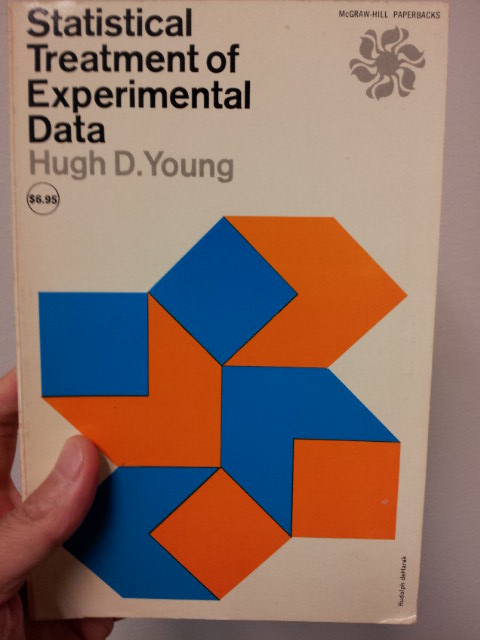For real geeks, today is not Pi Day, but Half-Tau Day

Today, many of us geeks celebrate Pi Day, because π = 3.1415926535897932384626433… is such an important number in math and science. I have to confess that I have never celebrated Pi Day, but it was just last year that I found out there was a movement against celebrating Pi Day, and advocating the celebration of Tau Day instead, where the special constant (which a community has chosen to be denoted by the Greek letter “tau”, τ) is 2π, which is 6.283…. Upon examining the evidence briefly, I had immediately agreed that indeed, we should not be celebrating Pi Day, and that therefore, today is simply Half-Tau Day.
If this is getting much too geeky for you, feel free to ignore the rest of this blog post. Otherwise, bear with me!
My dark days with π
I suffered through the use of π throughout high school, when we learned trigonometry and all the cosines and sines involved radians from 0 to 2π. Why is a complete revolution around the circle 2 times a constant, rather than being its own constant? And then there was calculus, same story.
I even got sucked into true geekery, memorizing nearly 50 digits of π in the summer after I graduated from high school. I still remember what happened: I was in a van traveling from Frankfurt to Jena, East Germany (this was 1987 before the fall of the Berlin Wall) as a member of the US team for the International Physics Olympiad when I got really bored, and fellow teammate Bryan Beatty wrote out in pencil by memory the first 50 digits of π into the front cover of a book I had on me, and I proceeded to memorize those digits (no, I did not remember them forever).
Doing math and physics homework in college, I got burned repeatedly by the extra work of carrying around factors of 2 and canceling them out when doing arithmetic, because of the incorrect definition of the “circle constant” as π.
(Update of 2013-08-06)
While doing some cleaning, I happened to find in my office the very book that I had on me during the trip and that Bryan wrote into (not the inside front cover, but the inside back cover)!


(Update of 2013-08-22)
I found out that the physicist Hugh Young, the author of the book I have that Bryan wrote π into, just died. RIP.
The mystery of 2π
2π keeps on popping up in places other than in high school trigonometry and calculus. As Michael Hartl points out in his excellent Tau Manifesto, anyone who has used the Gaussian (“bell curve”) distribution, through work in probability, statistics, machine learning, etc., sees the square root of 2π all the time, and engineers and physicists see 2π all the time when doing the Fourier transform. Eventually we just learn to immediately think that π is just half of something. For example, if you’re doing an integral only on half the x-axis, you remember to use π. This is stupid, carrying around that extra 2 everywhere.
Conceptually, the fundamental constant is clearly 2π, not π. That is the argument we τ-believers accept: our concepts should be mapped to our notation. I strongly recommend that disbelievers watch Hartl’s hilarious talk on τ:
The importance of good notation for concepts, and some more examples
Good notation is actually important in communicating ideas, expressing them, thinking them. Good notation reduces mental clutter and pointless work.
In physics, there is the concept of frequency. It turns out angular frequency is more convenient to use, hence instead of writing the frequency f, we prefer to work with “omega”, which is ω = 2πf.
As a related example of the usefulness of choosing a proper numerical constant, consider the original Planck’s constant h. Physicists quickly realized that it was much more convenient to use the reduced constant ħ, which is just h divided by 2π. When writing equations in quantum mechanics, nobody uses h. We use ħ (pronounced “h bar”). The annoying factor of 2π is removed from the picture. In fact, in my former life as a physics student, most of the work we did involved using natural units, in which equations and calculations are simplified by simply setting c and ħ to 1.
Conclusion
OK, we all know that it is completely hopeless to convert the world to using τ instead of π. Just as it is “completely hopeless” for the United States to become a multi-party political system or abolish the Electoral College.
Nevertheless, π is wrong!
Oh, and on June 28 this year, you bet I’ll be celebrating Tau Day.
P.S. Please don’t take any of this too seriously: I don’t!

I liked the Hartl talk. Thanks for pointing it out! Next time I have to manipulate Gaussians, I'll give tau a try.